Talk Overview
Jayme Dyer explains that some cells have the ability to detect and “drive” toward other cells. Sperm, for example, can swim to an egg during fertilization. How can it do this without eyes? The answer is by following a gradient of chemicals emitted by the egg, from lowest to highest concentration, through a process known as “gradient tracking.” Dyer points out that most chemical gradients found in biology are shallow, making it hard for cells to detect a difference in concentration. So, how then are cells able to overcome this challenge? Dyer decided to tackle this question by studying how cells detect and respond to a physiological (shallow) gradient in yeast. Even though a yeast cell can’t move, it uses gradient tracking to sense and grow toward another yeast cell during mating so that the two cells can fuse. A yeast cell has a patch of proteins (called a “polarity patch”) that lives right on the inside of the cell membrane. This polarity patch is very dynamic and moves around to continuously sense the direction of most concentrated chemical. Dyer characterized the dynamics of the polarity patch and uncovered the mechanism that causes it to move.
This talk is part of the Young Scientist Seminars, a video series produced that features young scientists giving talks about their research and discoveries.
Speaker Bio
Jayme Dyer
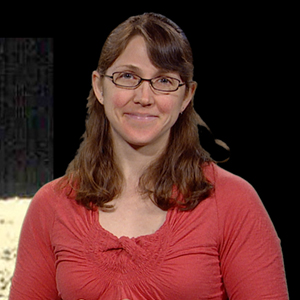
Jayme Dyer is a postdoc in Michael Laub’s lab at Massachusetts Institute of Technology (MIT), where she is currently studying a cell cycle checkpoint in the model bacterium, Caulobacter crescentus. She completed her PhD in Daniel Lew’s laboratory at Duke University, where she studied polarity and gradient tracking in the yeast Saccharomyces cerevisiae. Her scientific… Continue Reading
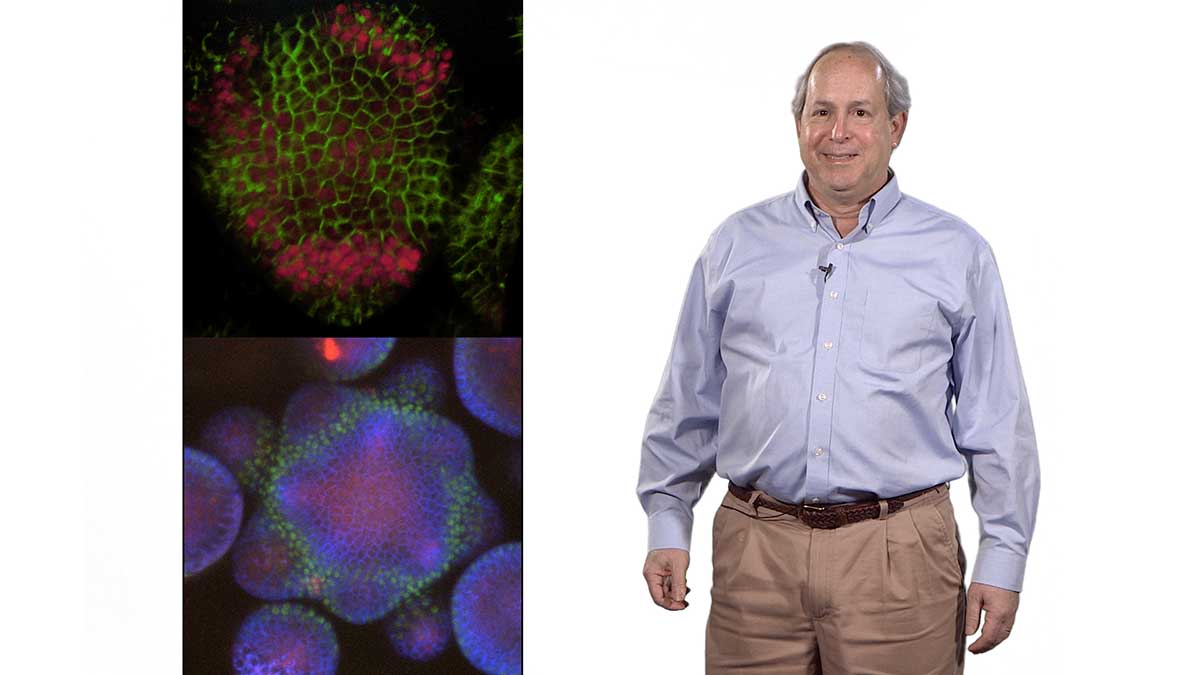
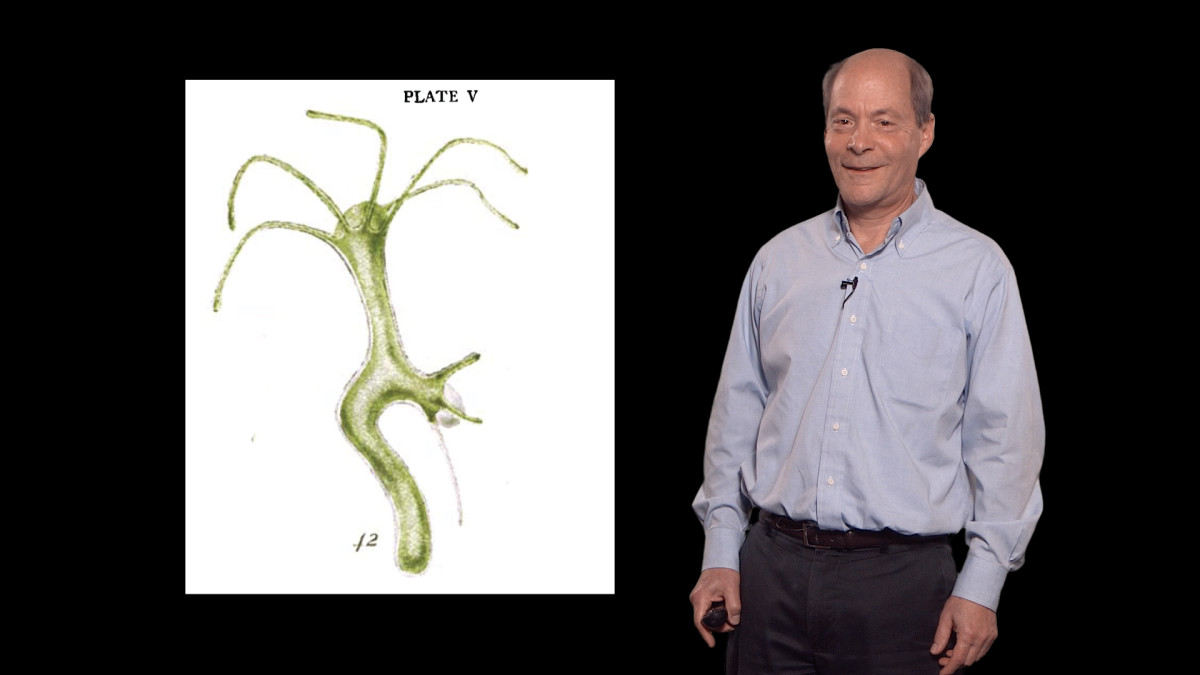
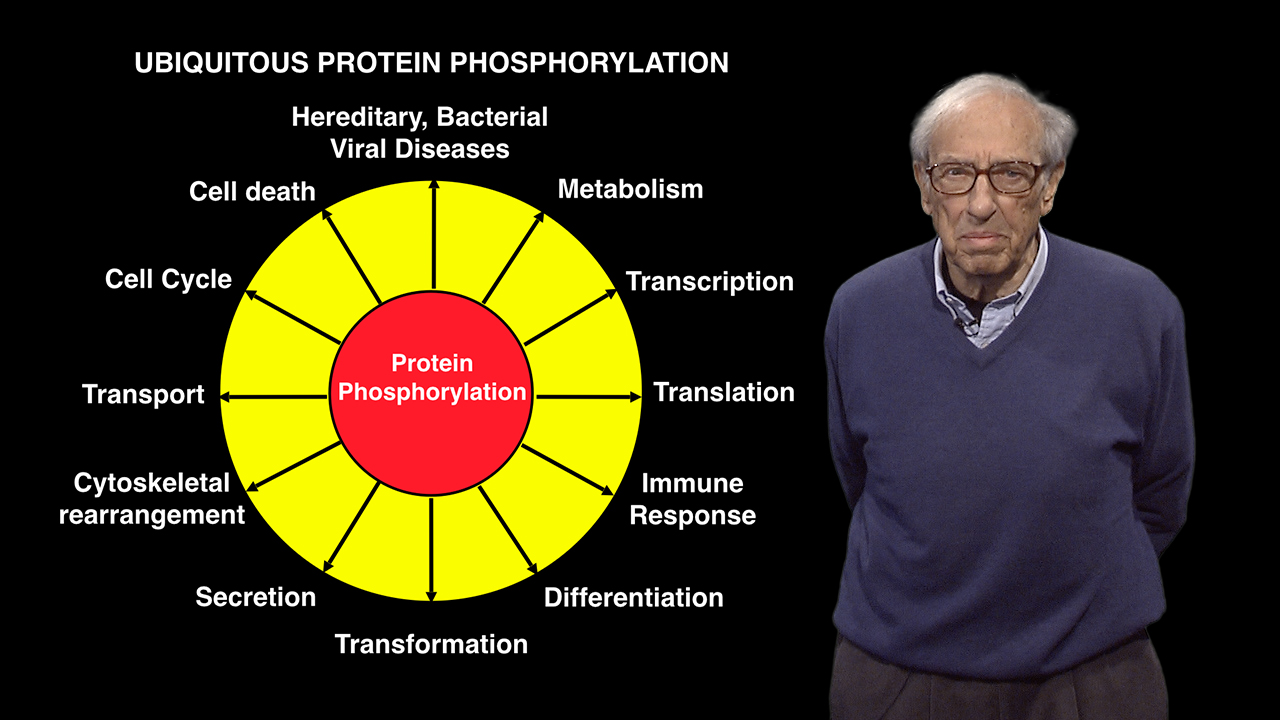
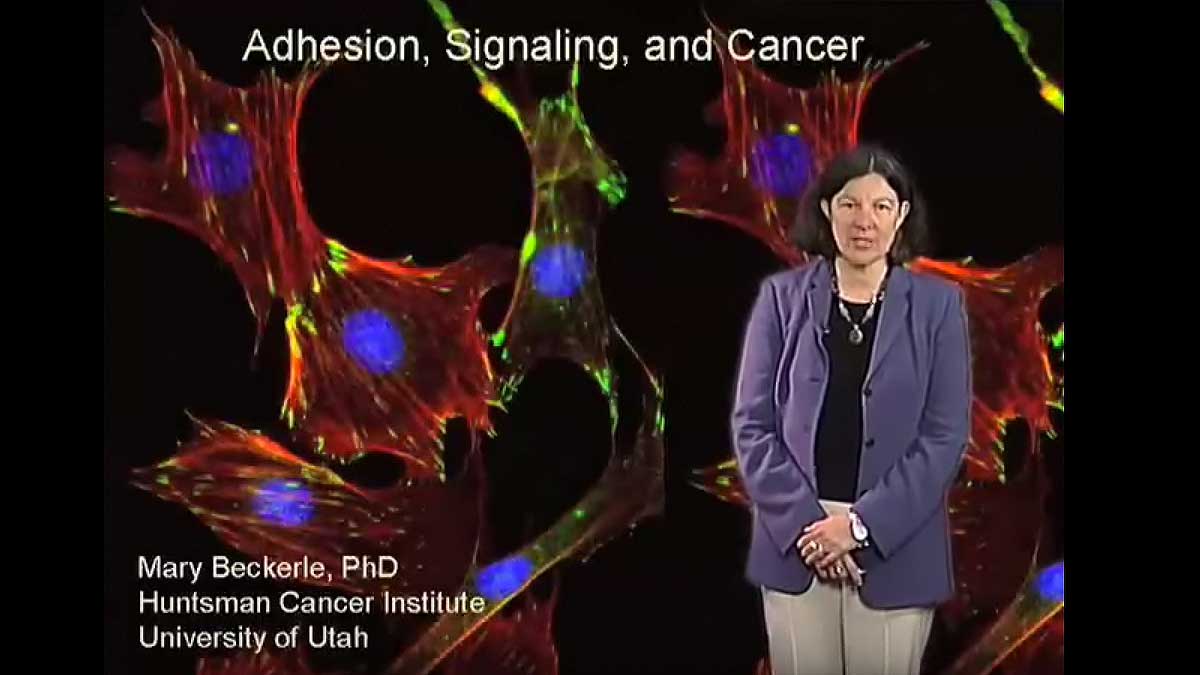
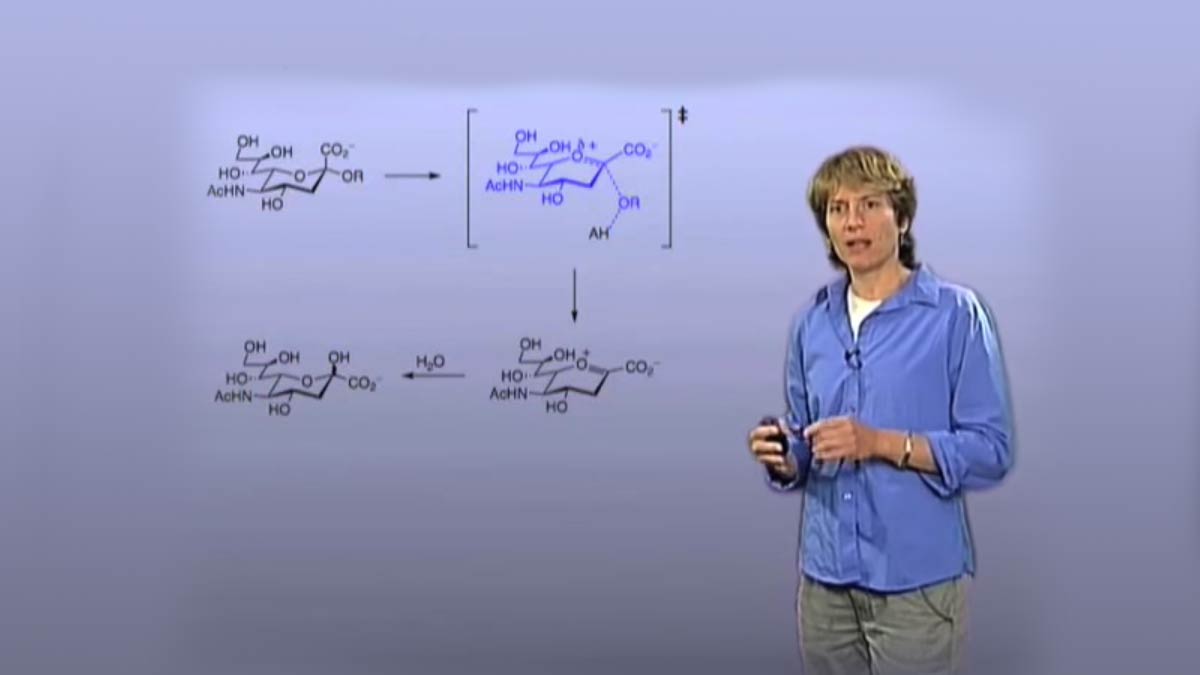
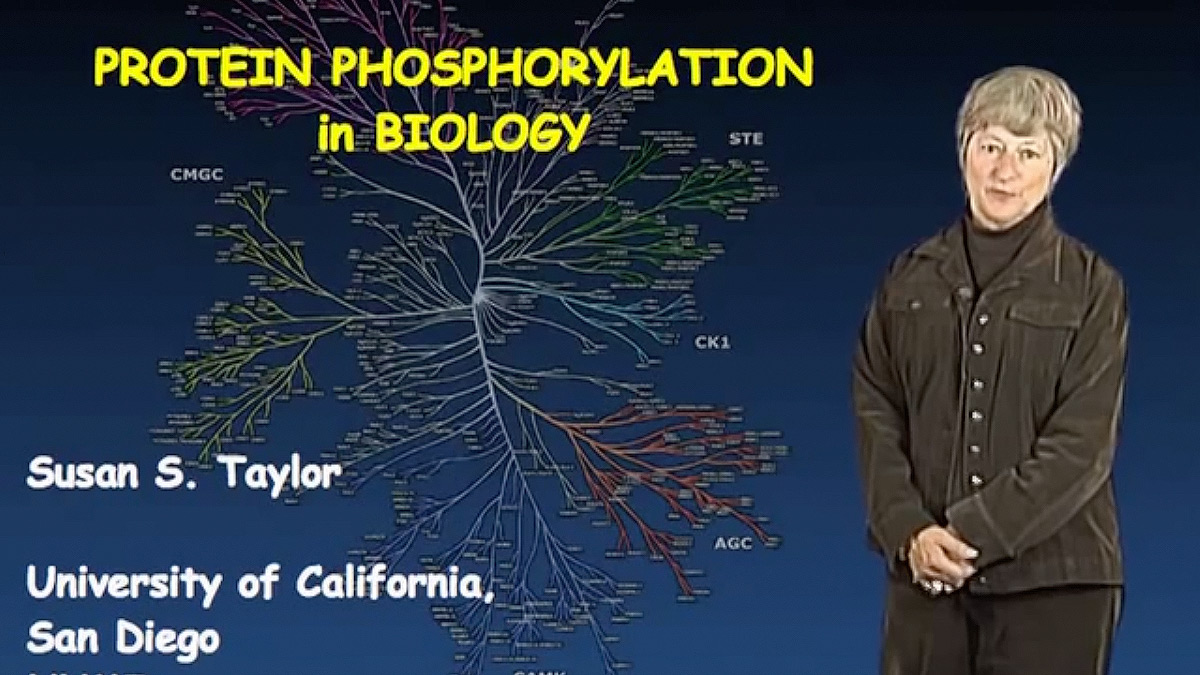
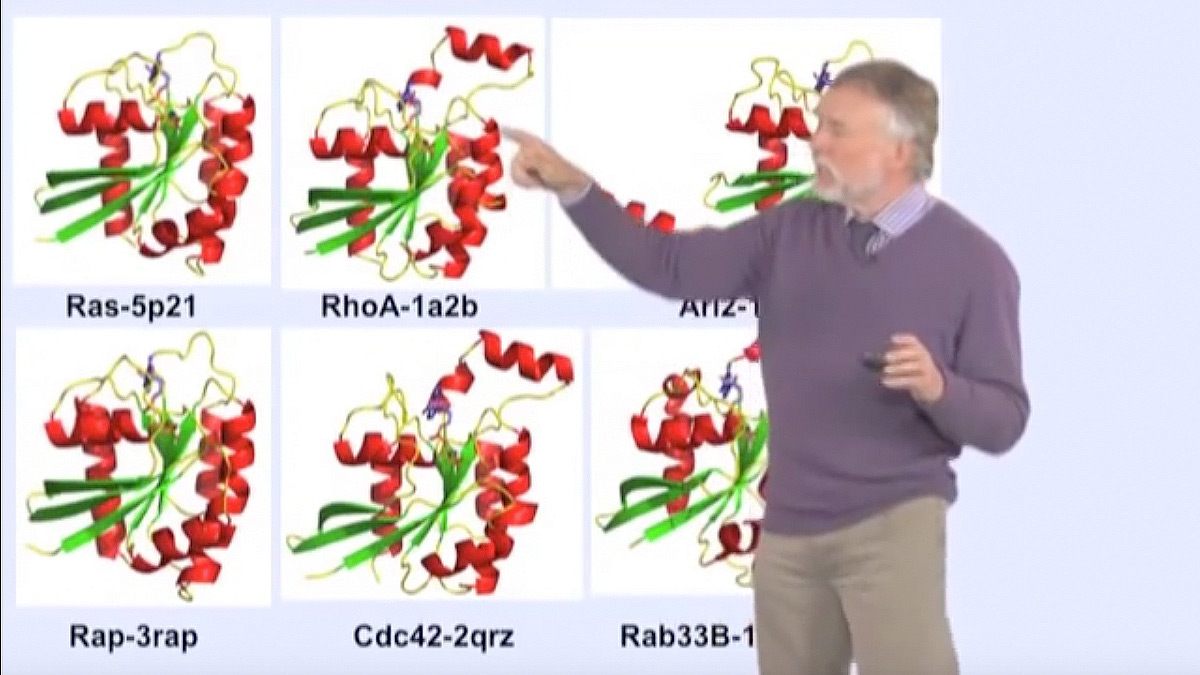





Leave a Reply